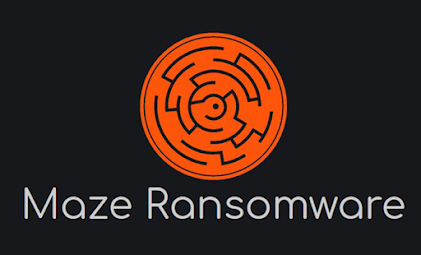Threat Actor BlackTech

About Advanced Persistent Threat BlackTech is China linked cyber espionage group. They have targeted many organizations working with the U.S, and Japan militaries to steal sensitive information. They are also capable of modifying router firmware, deploying backdoors in victims' networks, and moving laterally between the networks while evading detection. First appeared in 2010, BlackTech make use of various malwares to affect Windows, Linux, and FreeBSD and updates them regularly. With the help of stolen code signing certificates, adversaries sign the malware to make them appear legitimate and avoid their victims' defense mechanisms. The threat actor can also blend in benign operating systems and network activities via Living-off-the-Land tools as well as techniques. However, their most dangerous technique is modifying router firmware without detection. This sophisticated technique helps in establishing persistence, disable logging, move laterally, and hide their C2 co...











